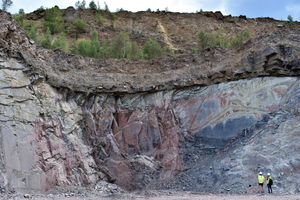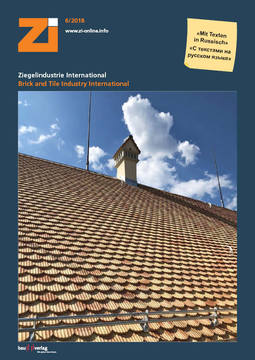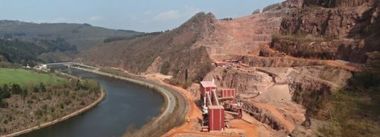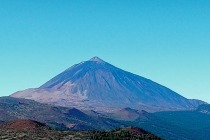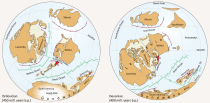The mystery of clay – Part 2: Formation and use in brick plants
The earlier prevailing school of thought assumed that the earth’s crust is fixed largely rigidly to the earth’s mantle. The formation of mountains was explained on the basis of isostatic compensating movements according to the geosynclinal theory.
Today we know that the uppermost tectonic unit of the earth is composed of lithospheric plates, which, according to the model of modern plate tectonics, drift apart, collide with each other and displace each other transversally.
Certain types of clay deposits can be correlated with stages in process-oriented plate tectonics, terrestrial clays, for example, with the collision stage and the rifting stage. In contrast, marine and epicontinental clays are formed primarily in the Atlantic stage. Individual types of clay deposits can be allocated to basic potential uses in the clay brick and tile industry. The paper attempts to place all the facts in a logical and understandable context.
EurGeol Dr. rer. nat. Lutz Krakow, Dr. Krakow Rohstoffe GmbH

